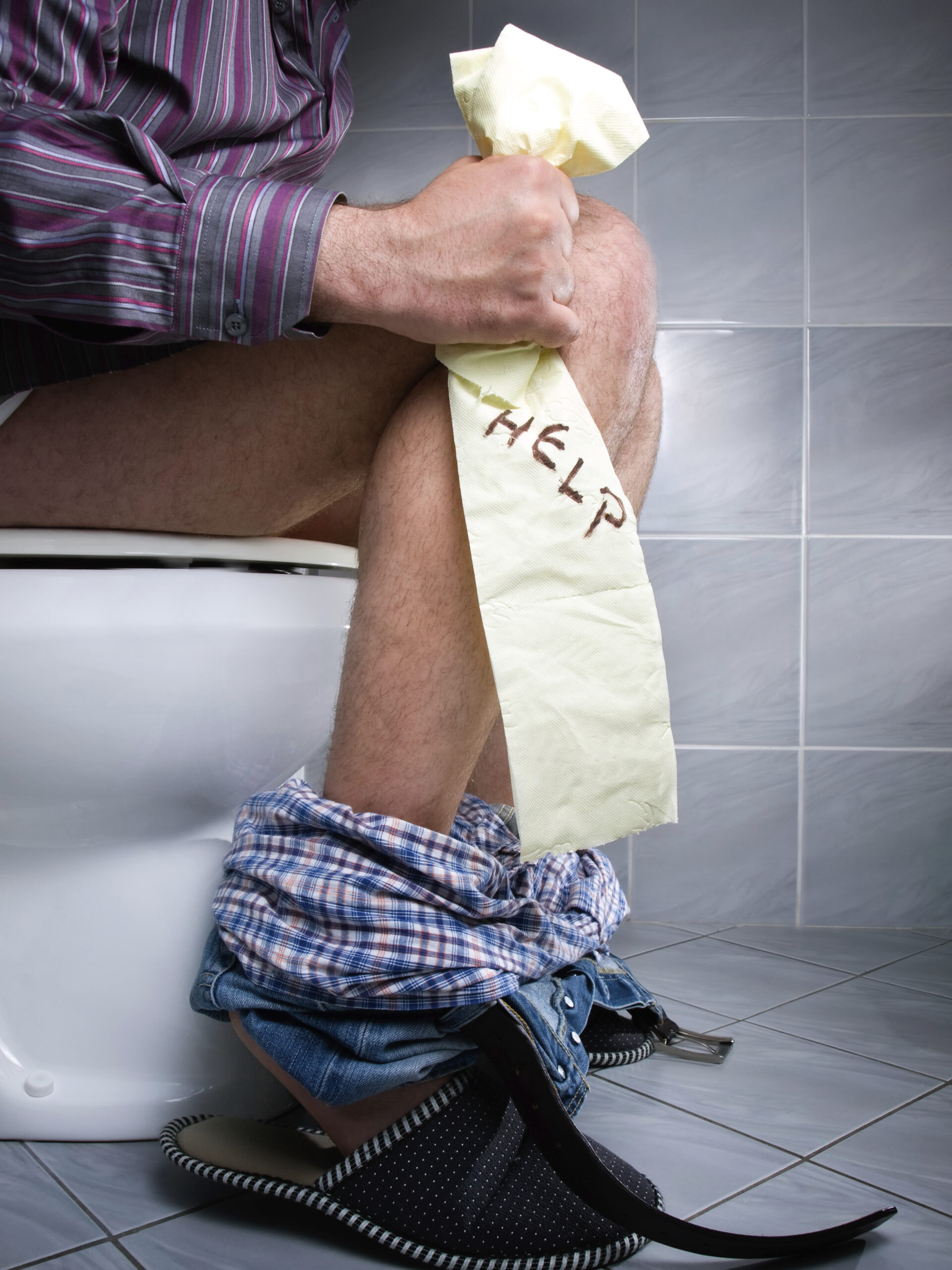Fistulas
What is a Fistula?
Anorectal fistulas (also called fistula-in-ano) occur when an abnormal connection forms between the epithelialized surface of the anal canal and the perianal skin, usually due to chronic inflammation from an infection. This leads to abscess formation, which eventually drains externally, creating the fistula. Common causes include cryptoglandular infections, Crohn's disease, or trauma, with persistent inflammation playing a central role in maintaining the fistula. Diagnosis is made through clinical exam. Complex anorectal fistulas may need an MRI of the pelvis for further evaluation.
Causes
Common causes include cryptoglandular infections, Crohn's disease, or trauma, with persistent inflammation playing a central role in maintaining the fistula.
How do I Know if I Have a Fissure?
Diagnosis is made through clinical exam. Complex anorectal fistulas may need an MRI of the pelvis for further evaluation.
Treatment
Management of anorectal fistulas includes both non-surgical and surgical approaches. Non-surgical options, such as antibiotics, sitz baths, and fibrin glue, are typically used for low-risk or simple fistulas but have limited long-term success. Surgical interventions, like fistulotomy, seton placement, and advancement flaps, are more commonly employed for complex or recurrent fistulas to prevent abscess recurrence and promote proper healing.
Ligation of the Intersphincteric Fistula Tract (LIFT) and fistulotomy are two different surgical approaches for treating anal fistulas.These procedures are typically done in an operating room under general anesthesia as they take longer and can be difficult to tolerate under local anesthesia in the office.
In LIFT, the surgeon accesses the fistula tract through an incision between the internal and external anal sphincters. The fistula tract is isolated, ligated, and then divided, preserving the sphincter muscles. LIFT is a sphincter-sparing procedure, reducing the risk of incontinence. Recovery is generally quicker with minimal postoperative pain, and patients typically resume normal activities within 1-2 weeks. However, recurrence rates can vary, ranging from 20-40%, especially for complex fistulas.
In fistulotomy, the fistula tract is surgically opened from the internal to the external opening, converting it into a groove that heals by secondary intention. This is the most common and straightforward technique for simple fistulas, with a high success rate (up to 95%). However, fistulotomy can lead to sphincter damage, especially in high or complex fistulas, increasing the risk of fecal incontinence. Recovery usually takes longer, around 4-8 weeks, due to the open wound healing process.
In comparison, LIFT preserves the sphincter, while fistulotomy involves dividing the fistula tract. LIFT offers faster recovery and less pain, while fistulotomy requires longer healing. LIFT poses a higher recurrence risk but minimizes incontinence, while fistulotomy has a higher risk of sphincter damage in complex cases.
In the office, less invasive procedures such as laser ablation of the anorectal fistula tract (LAFT) can be performed. Laser treatment in fistula surgery, specifically using techniques like laser ablation of the fistula tract (LAFT), has shown promise with lower recurrence rates and reduced complications compared to traditional methods, although long-term effectiveness varies based on fistula complexity. Studies suggest recurrence rates range from 15-30%, with minimal risk of sphincter damage.
An informed discussion will be had between the physician and the patient to decide what is the best procedure for you.
Dr. Carmen Fong, is a Board Certified ColoRectal Surgeon At HCA Atlanta. Dr. Fong will review the options for anal fistula treatment with you. Her goal is to help you heal your fistula while using the best treatments available.
At HCA we only use disposable ligation systems. Dr. Goldman introduced disposable banding to the Southeastern United States in 2006. Dr. Alan Goldman is the Medical Director of Hemorrhoid Centers of America. At HCA we have helped thousands of patients avoid surgery and get the relief they deserve. We will start you on our special hemorrhoid compounds as needed for immediate relief and help you get rid of your hemorrhoids with our ligation system.

About 1 in 20 Americans have hemorrhoids. You are not alone.


